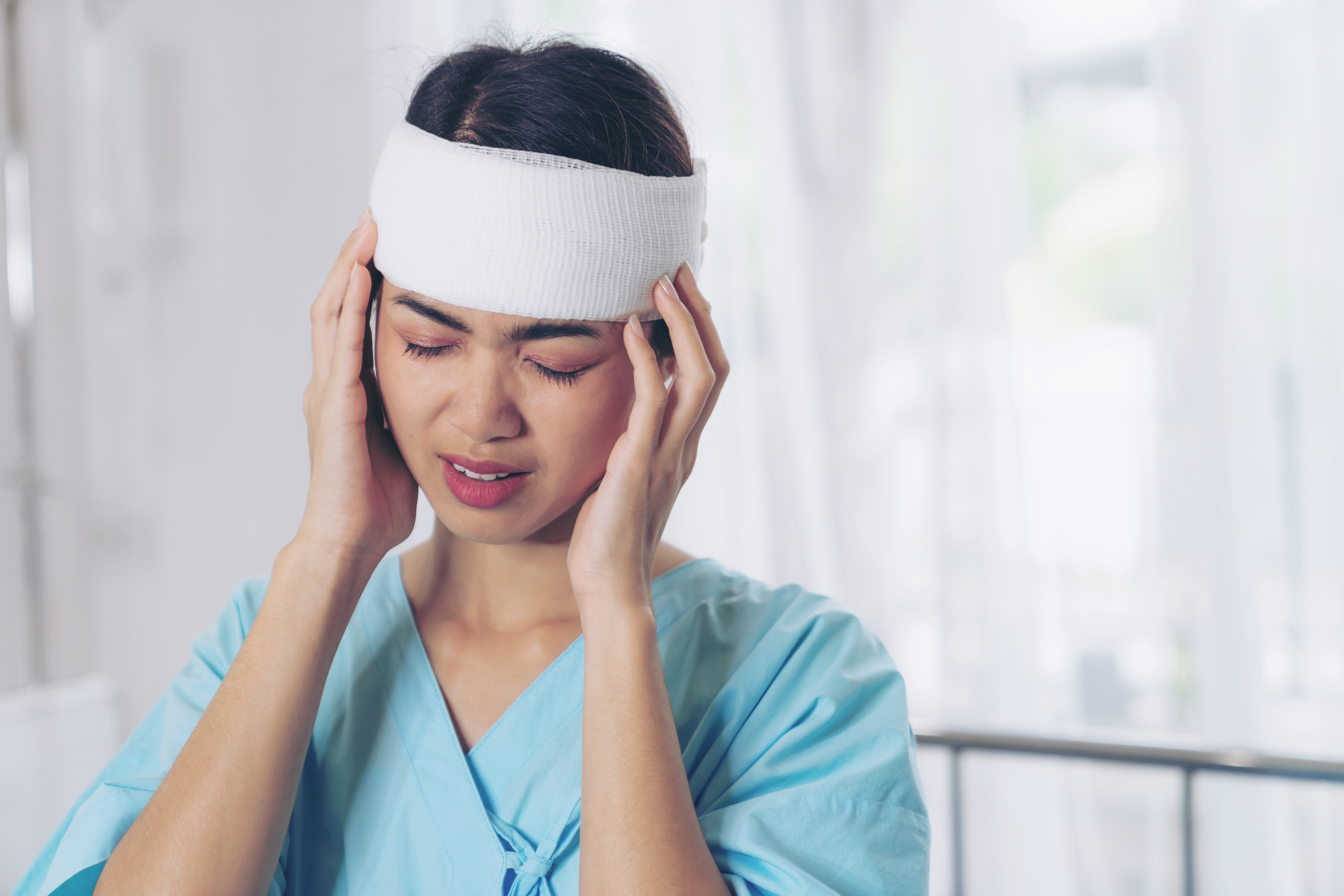How Neuropsychology Helps in Brain Injury and Stroke Recovery

After traumatic brain injury, concussion, or stroke, neuropsychological evaluation is a critical first step in recovery. Beyond emergency care, these assessments guide personalized treatment plans that help patients rebuild their lives. While emergency medicine focuses on stabilizing the brain after injury or stroke, neuropsychology guides patients and families through cognitive, emotional, and practical challenges, providing strategies for memory, attention, problem-solving, mood, and daily functioning. By bridging the gap between surviving and thriving, neuropsychology supports long-term brain health and empowers patients to regain independence, confidence, and quality of life during rehabilitation after brain injury or stroke.
After Traumatic Brain Injury (TBI)
- Cognitive Assessment: Testing for memory, attention, processing speed, and executive functioning.
- Symptom Management: Practical tools for headaches, sleep problems, and emotional changes.
- Rehabilitation Planning: Structured plans for return to school, work, or sports.
- Emotional Support: Therapy for anxiety, depression, and irritability that often follow head injuries.
Helpful resource: Healthing The Traumatized Brain
After Stroke
- Identifying Cognitive Changes: Understanding where thinking, language, or memory may have been affected.
- Rehabilitation Teamwork: Collaborating with physical, occupational, and speech therapy.
- Daily Adaptation: Strategies for independence in finances, medications, and routines.
- Quality of Life: Supporting motivation and emotional well-being.
Helpful resource: The Brain's Way of Healing
Why This Matters
Brain injuries and strokes don’t just affect the body—they change thinking, mood, and relationships. Neuropsychology provides tools to understand these changes and build personalized recovery plans. With the right strategies, patients can restore independence and quality of life.
What Happens in Traumatic Brain Injury (TBI)?
TBI occurs when an external force—like a fall, car accident, or sports injury—impacts the brain. Symptoms vary depending on whether the injury is mild (concussion) or severe.
Mild TBI (Concussion):
Think of this as a “brain shake-up.” Common symptoms include headache, dizziness, nausea, confusion, blurry vision, irritability, sleep problems, and difficulty concentrating. People may also notice short-term memory issues, disorientation, or imbalance [1–3].For athletes or active individuals, concussion recovery often includes gradual return-to-play guidelines (for example, outlined in resources like The Concussion Companion: The real world guide to navigating recovery with confidence and clarity).
Severe TBI:
Patients may have reduced consciousness, weakness on one side of the body, abnormal pupil responses, or other neurological deficits. Severe cases can lead to dangerous swelling inside the skull (intracranial hypertension) [4–6].
Treatment for TBI
The main focus is preventing further injury: protecting the airway, maintaining blood pressure and oxygen levels, and monitoring brain pressure. Emergency interventions may include surgery or medications to reduce swelling [4–6,10].
For concussion and other mild TBIs, treatment is mostly supportive—rest, reassurance, and a gradual return to work, school, or sports. Symptom-specific therapies (for headaches, sleep, or mood) are often used [3,11–12]. Helpful tools like brain rest journals or light sensitivity glasses may also aid recovery.

What Happens in a Stroke?
Stroke occurs when brain cells don’t get enough oxygen—either from a blocked artery (ischemic stroke) or bleeding (hemorrhagic stroke).
Classic Stroke Warning Signs
The American Stroke Association highlights these sudden-onset symptoms as red flags:
- Weakness or numbness in the face, arm, or leg (especially on one side)
- Trouble speaking or understanding speech
- Sudden vision changes
- Dizziness, imbalance, or trouble walking
- Severe headache with no clear cause
Treatment for Stroke
- Ischemic stroke: clot-busting drugs (tPA or tenecteplase) within 4.5 hours, and clot removal (mechanical thrombectomy) up to 24 hours in select patients [9,13–14].
- Hemorrhagic stroke: reversing blood thinners, controlling blood pressure, and intensive monitoring.
Once stabilized, secondary prevention focuses on lowering risk factors and using medications like antiplatelets or anticoagulants. Family-friendly resources for personal perspectives on recovery include My Stroke of Insight and Stroke Recovery Activity Book.
Final Thoughts
Both TBI and stroke remind us how delicate—and resilient—the brain can be. Emergency medicine saves lives, but recovery is a journey. With the right mix of medical treatment, rehabilitation, and neuropsychological support, many patients regain independence, rebuild confidence, and return to meaningful activities.
References
- Leddy JJ. Sport-Related Concussion. N Engl J Med. 2025;392(5):483-493. doi:10.1056/NEJMcp2400691.
- Hoffer ME, Szczupak M, Kiderman A, et al. Neurosensory Symptom Complexes After Acute Mild Traumatic Brain Injury. PLoS One. 2016;11(1):e0146039.
- Mott TF, McConnon ML, Rieger BP. Subacute to Chronic Mild Traumatic Brain Injury. Am Fam Physician. 2012;86(11):1045-51.
- Rakhit S, Nordness MF, Lombardo SR, et al. Management and Challenges of Severe Traumatic Brain Injury. Semin Respir Crit Care Med. 2021;42(1):127-144.
- Vella MA, Crandall ML, Patel MB. Acute Management of Traumatic Brain Injury. Surg Clin North Am. 2017;97(5):1015-1030.
- Hossain I, Rostami E, Marklund N. The Management of Severe Traumatic Brain Injury in the Initial Postinjury Hours. Curr Opin Crit Care. 2023;29(6):650-658.
- Jauch EC, Cucchiara B, Adeoye O, et al. 2010 AHA Guidelines for CPR and Emergency Cardiovascular Care: Adult Stroke. Circulation. 2010;122(18 Suppl 3):S818-28.
- Jurgens CY, Lee CS, Aycock DM, et al. The Relevance of Symptoms in Cardiovascular Disease. Circulation. 2022;146(12):e173-e184.
- Hilkens NA, Casolla B, Leung TW, de Leeuw FE. Stroke. Lancet. 2024;403(10446):2820-2836.
- Tani J, Wen YT, Hu CJ, Sung JY. Current and Potential Pharmacologic Therapies for Traumatic Brain Injury. Pharmaceuticals. 2022;15(7):838.
- Ray S, Luke J, Kreitzer N. Patient-Centered Mild Traumatic Brain Injury Interventions in the Emergency Department. Am J Emerg Med. 2024;79:183-191.
- Mollica A, Dey A, Cairncross M, Silverberg N, Burke MJ. Neuropsychiatric Treatment for Mild Traumatic Brain Injury: Nonpharmacological Approaches. Semin Neurol. 2022;42(2):168-181.
- Powers WJ. Acute Ischemic Stroke. N Engl J Med. 2020;383(3):252-260.
- Xiong Y, Wakhloo AK, Fisher M. Advances in Acute Ischemic Stroke Therapy. Circ Res. 2022;130(8):1230-1251.